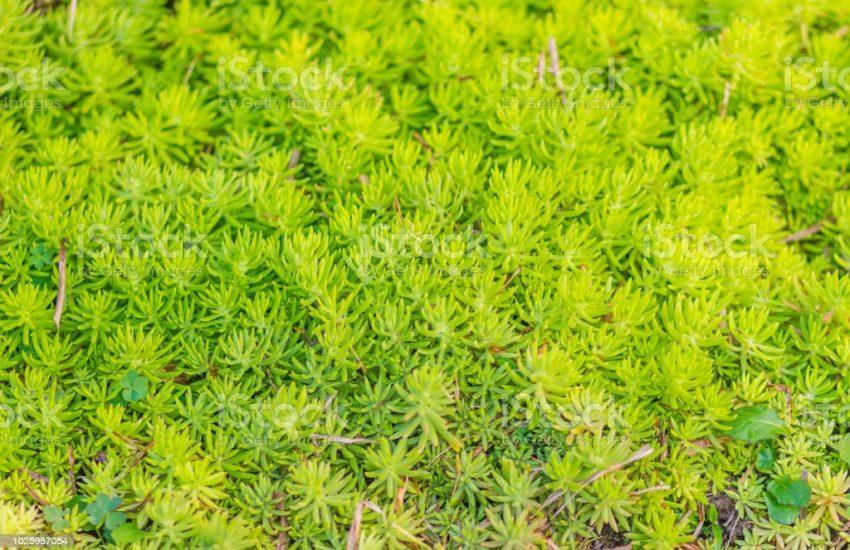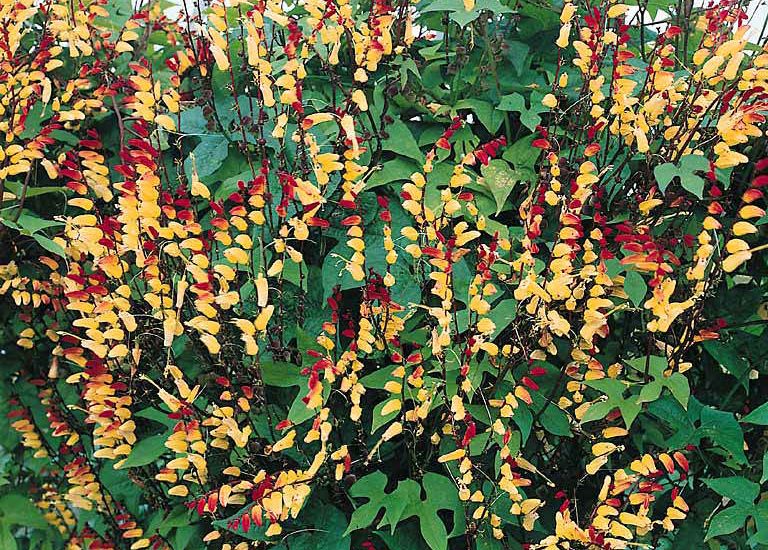Evening Primrose from Seed: Growing Tips and Tricks
Evening primrose, also known as Oenothera, is a beautiful flowering plant that is native to North America. It is known for its vibrant yellow blooms that open in the evening, hence its name. While evening primrose can be grown from seed, it is important to understand the proper techniques and conditions required for successful growth.

Growing evening primrose from seed can be a rewarding experience for gardeners of all levels. The first step is to choose high-quality seeds from a reputable source. Once the seeds have been obtained, they should be planted in well-draining soil that receives full sun. It is important to keep the soil consistently moist but not waterlogged. With proper care, the seeds should germinate within two to three weeks.
While evening primrose is relatively easy to grow from seed, it is important to note that it can be a self-seeding plant. This means that it may spread and grow in unexpected areas of the garden. However, with proper planning and maintenance, evening primrose can be a beautiful addition to any garden.
Cultivation and Planting
Choosing the Right Soil and Location
Evening primrose, also known as Oenothera, can be grown as biennial, perennial, or annual plants. They prefer full sun but can also tolerate partial shade. When choosing a location, ensure that the soil is well-drained and rich in organic material. Sandy soil is also suitable for evening primrose.
Sowing Seeds and Germination
Seeds of evening primrose can be sown in early spring when the temperature is consistently above 60°F. To ensure successful germination, stratification is recommended. This can be achieved by placing the seeds in a plastic bag with moist soil and leaving it in the refrigerator for a few weeks. Alternatively, seeds can be started indoors before transplanting.
Caring for Young Plants
Once the seedlings emerge, they require regular watering and mulching to retain moisture. Fertilizer can be applied during the growing season to encourage healthy growth. However, be careful not to over-fertilize as this can lead to root rot. Evening primrose plants are generally pest-resistant but can be affected by aphids and slugs. Regular inspection and treatment can prevent pest infestations.
Overall, evening primrose is a hardy and low-maintenance plant that can add color and beauty to any garden. With proper cultivation and care, these plants can thrive and bloom year after year.
Maintenance and Benefits

Evening primrose is a biennial plant that requires minimal maintenance to thrive. Proper care of evening primrose ensures healthy growth, abundant blooms, and prevention of fungal diseases.
Pruning and Preventing Diseases
Pruning evening primrose is not necessary, but removing spent blooms can encourage more blooms to grow. It is essential to keep the plant well-drained to prevent root rot, a fungal disease that can kill the plant. Watering should be done in the morning to allow enough time for the foliage to dry before nightfall.
Propagation and Self-Seeding
Evening primrose can be propagated from seed or by division. The plant self-seeds readily, allowing it to spread naturally. It is recommended to thin out the seedlings to prevent overcrowding and ensure proper growth.
Uses and Medicinal Properties
Evening primrose has many uses, including ornamental, edible, and medicinal. The blooms are attractive and add color to any garden. The leaves can be eaten raw or cooked, and the roots can be boiled and eaten as a vegetable. Evening primrose oil is extracted from the seeds and is used as an herbal supplement to treat rheumatoid arthritis and skin disorders.
In conclusion, evening primrose is a low-maintenance plant that offers many benefits. Its ornamental value, edible leaves and roots, and medicinal properties make it a popular choice for gardeners. With proper care and maintenance, evening primrose can be a beautiful addition to any garden.


